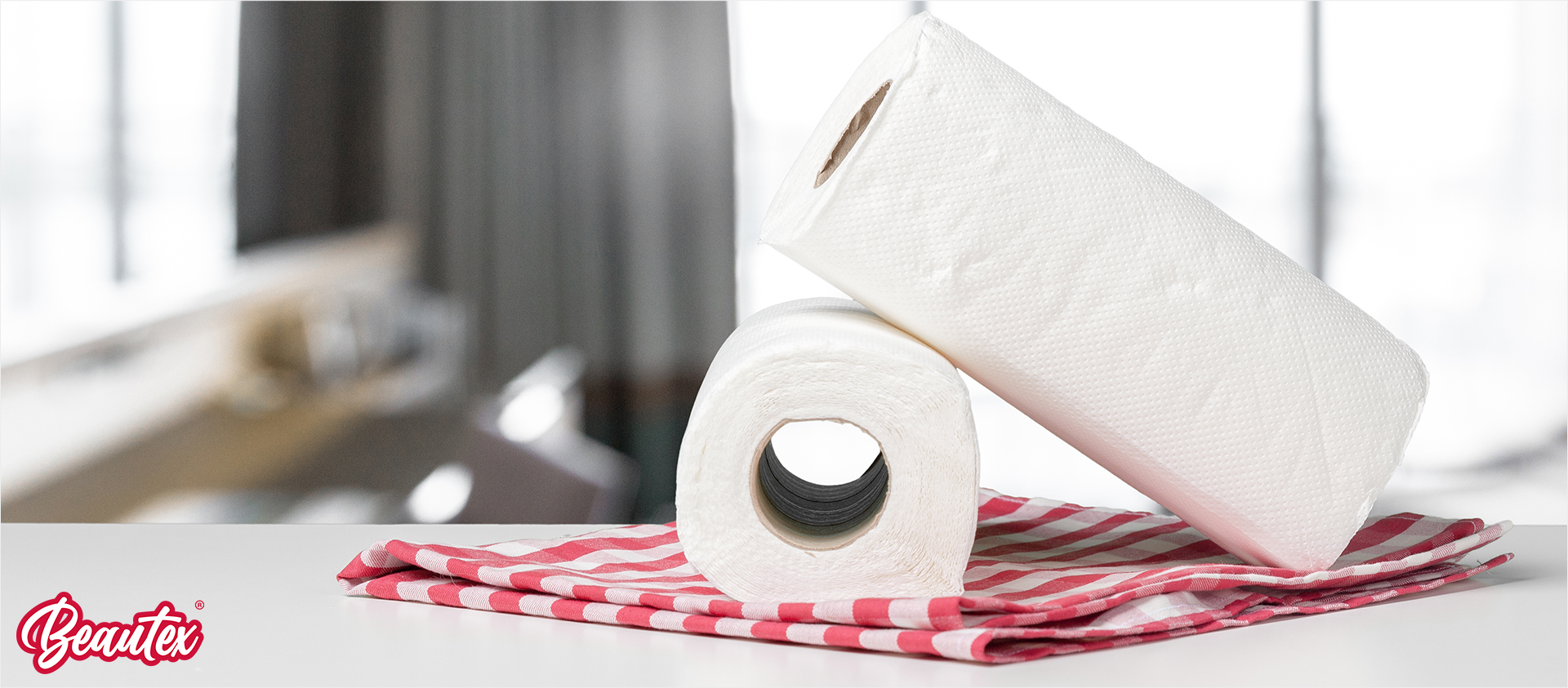Embarking on a journey to choose the perfect Hindu statue invites individuals into the realm of profound artistry and spirituality. These sacred sculptures represent the rich cultural tapestry and spiritual heritage of Hinduism. Whether one is a seasoned collector or a first-time buyer, navigating through the diverse array of statues requires an understanding of aesthetics, symbolism, and a personal connection to the chosen piece. In this exploration, we will delve into five essential tips that serve as a compass for those seeking not just an art piece but a meaningful representation of spirituality and culture in their living spaces.
Understand the Symbolism
The journey to selecting the perfect Hindu statue for sale begins with a deep exploration of the symbolism encapsulated within each deity and motif. Ganesh, the remover of obstacles with his elephant head, embodies wisdom and auspicious beginnings. Saraswati, adorned with instruments, is the epitome of knowledge and the arts. Understanding these profound meanings is crucial, as it ensures that the Hindu statues for sale chosen align with the intended purpose. A connection between the symbolism and personal aspirations elevates the statue from a mere decorative item to a potent symbol within the space, adding layers of meaning and significance to these exquisite Hindu statues for sale.
Consider the Material
The material of a Hindu statue is not merely a choice of aesthetics; it is a reflection of tradition, durability, and maintenance considerations. Wood, with its warm and organic feel, adds a touch of nature to the space. Brass and bronze statues, on the other hand, evoke a timeless, traditional ambiance, while marble offers a sleek and contemporary aesthetic. The choice of material contributes not only to the visual appeal but also to the longevity of the statue.
Reflecting on the ambiance one wishes to create becomes paramount when considering the material. A wooden statue may find its perfect place in a meditation corner, seamlessly blending with the natural surroundings. In contrast, a polished brass or bronze piece could be the focal point of a traditional living room, emanating a sense of heritage and cultural richness. Careful consideration of the material ensures that the chosen statue not only harmonizes with the existing decor but also withstands the test of time.
Choose The Right Size and Placement
The size of a Hindu statue plays a pivotal role in its visual impact and how it integrates into the surrounding space. A small, intricately detailed statue might be ideal for a personal altar or meditation space, creating an intimate and introspective atmosphere. In contrast, a larger statue can become a striking centerpiece in a living room or entrance foyer, capturing attention and setting the tone for the entire space.
Consideration of the statue’s placement is equally crucial. Some deities are traditionally positioned facing specific directions for auspicious energy flow. Ensuring that the statue aligns with these conventions enhances its spiritual significance.
Additionally, paying attention to the overall design and layout of the space prevents the statue from overpowering or getting lost in the surroundings. Achieving the right balance in size and placement ensures that the Hindu statue becomes a seamless and integral part of the chosen setting.
Authenticity and Craftsmanship
In a world dominated by mass-produced items, choosing an authentic, handcrafted Hindu statue adds a layer of spiritual significance and cultural appreciation. Authenticity often correlates with higher craftsmanship, as skilled artisans infuse their expertise and devotion into each piece. The intricate carvings, fine finishes, and attention to proportion are telltale signs of the artisan’s commitment to their craft.
Opting for an authentic statue not only results in a unique work of art but also supports the preservation of traditional artisanal skills. The craftsmanship becomes a bridge connecting the present with the past, ensuring that the cultural legacy endures. Additionally, authentic statues may carry a certain energetic resonance, believed by some to be infused by the dedication and intention of the craftsman. Selecting a statue with genuine craftsmanship thus becomes a choice that transcends aesthetics, delving into the realms of cultural preservation and spiritual connection.
Connect Emotionally
Beyond the intricacies of symbolism and aesthetics, the emotional connection one forms with a Hindu statue is perhaps the most crucial aspect. This connection can be deeply personal, stemming from an affinity towards a specific deity or a profound resonance with the artistry. Taking the time to explore various options and allowing instincts to guide the decision-making process is essential.
A meaningful emotional connection transforms the chosen statue from a mere decorative item into a source of spiritual solace and reflection in daily life. It becomes a constant reminder of the values and energies associated with the deity or motif, fostering a sense of harmony and balance in the living space. Trusting this emotional connection ensures that the Hindu statue chosen is not only an art piece but also a companion on one’s spiritual journey.
Conclusion
Selecting the perfect Hindu statue involves a multifaceted exploration that weaves together aesthetics, symbolism, and personal connection. In this quest, each chosen statue becomes more than a mere decorative item; it transforms into a conduit of cultural richness and spiritual expression. May the artistry and spirituality of Hindu statues enrich living spaces, bringing serenity and a profound connection to ancient traditions.















